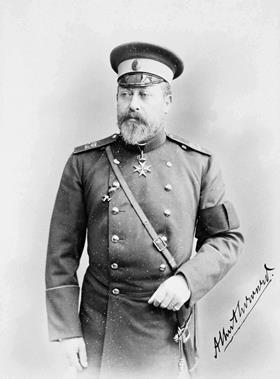The clatter of a news helicopter over Chancery Lane and the sight of an impressively bulky Range Rover reminded Obiter that Mr Justice Fancourt was due to hear from a star witness in Various v MGN Limited in Court 15 at the Rolls Building today. But, contrary to some press reports, the Duke of Sussex is not the first senior royal to give evidence in a civil case.
According to one pundit in Obiter's local, that honour belongs to Henry of Bolingbroke, later King Henry IV, in 1411. A more celebrated precedent however is the appearance of Edward, prince of Wales, in the slander action brought over the royal baccarat scandal of 1891.

The action was brought by Lt Col Sir William Gordon-Cumming against Arthur Wilson, his host at a house party. During a game of baccarat, Wilson believed he saw Gordon-Cumming add to his winning stake after a hand had finished, but before the stake had been paid. The word got out and Gordon-Cumming sued for slander; the prince, who had been the dealer at the game, was called as a witness for the plaintiff.
Predictably, the proceedings were a hot ticket. According to the Pall Mall Gazette, Court 4 of the new Royal Courts of Justice 'presented an appearance which, save for the dignity of its own fittings and its rows of learned-looking law books, might have been taken for a theatre at a fashionable matinée'. The prince occupied a red leather chair on a raised platform between the judge and the witness box.
Despite his star witness, the jury found against Gordon-Cumming, who was not only cashiered from the Scots Guards but forced to resign his membership of several London clubs. Possibly that is why, in general, royal princes have steered clear of the law courts - until now.































No comments yet